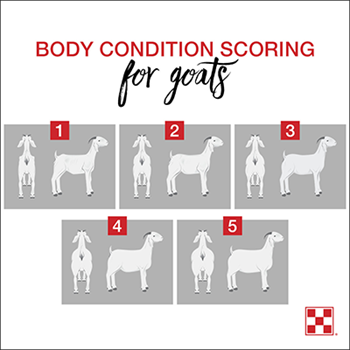
Every goat producer has animals that are either too thin (under-conditioned) or too fat (overconditioned). Failure to recognize these animals and take corrective actions will cost dearly in terms
of decreased fertility, increased disease or internal parasite incidence, decreased milk production,
and increased operating costs. Thus, goats need to be maintained with a moderate amount of body
condition. When overall body condition starts to decrease in the herd, it is a sign that managerial
intervention is needed such as supplemental feeding, deworming, pasture rotation, etc. Conversely,
when overall body condition starts to increase in the herd, it is a sign that the producer should reduce
supplemental feeding. Ignoring an animal’s body condition and waiting to intervene until goats
become either too thin or too fat may result in production and(or) animal losses or decreased profits
from overfeeding. Therefore, producers need to develop skills in assessing body condition of their
goats so that a desired moderate body condition can be maintained.
Body condition score (BCS) has been shown to be an important practical tool in assessing the
body condition of cattle, sheep, and goats because BCS is the best simple indicator of available fat
reserves which can be used by the animal in periods of high energy demand, stress, or suboptimal
nutrition.

Scoring is performed in goats using a BCS ranging from 1.0 to 5.0, with 0.5 increments. In this
publication, examples of BCS of 1.0, 2.0, 3.0, 4.0, and 5.0 are given using photographs and written
descriptions. Assigning the 0.5 score increment is done when the animal being evaluated is intermediate
to the BCS described in this publication. A BCS of 1.0 is an extremely thin goat with no fat reserves
and a BCS of 5.0 is a very over-conditioned (obese) goat. In most cases, healthy goats should have a
BCS of 2.5 to 4.0. BCS of 1.0 , 1.5, or 2.0 indicate a management or health problem. A BCS of 4.5
or 5 is almost never observed in goats under normal management conditions.
It is important to note that BCS cannot be assigned by simply looking at an animal. Instead, the
animal must be touched and felt. The first body area to feel in determining BCS is the lumbar area,
which is the area of the back behind the ribs containing the loin. Scoring in this area is based on
determining the amount of muscle and fat over and around the vertebrae. Lumbar vertebrae have
a vertical protrusion (spinous process) and two horizontal protrusions (transverse process). Both
processes are used in determining BCS. You should run your hand over this area and try to grasp
these processes with your fingertips and hand. The second body area to feel is the fat covering on the
sternum (breastbone). Scoring in this area is based upon the amount of fat that can be pinched. A
third area is the rib cage and fat cover on the ribs and intercostal (between ribs) spaces.
With practice, evaluating the BCS of an animal will only take about 10-15 seconds. By adding BCS
as a regular part of your management program, you can more effectively monitor your feeding and
herd health program for a healthy and productive herd.

The spinous process of the lumbar vertebrae can be grasped easily between the thumb and forefinger;
the spinous process is rough, prominent, and distinct giving a saw-tooth appearance. Very little muscle and no fat can be felt between the skin and bone. There is a deep depression in the transition from the spinous to transverse process. The hand can easily grasp the transverse process of the lumbar vertebrae which is very prominent. Clearly half of the length of the transverse process is discernible.
Sternal fat is wider and thicker but can still be grasped and lifted by the thumb and forefinger. The fat layer can still be moved slightly from side to side. Joints are less evident.

The spinous process of the lumbar vertebrae cannot be easily grasped because the tissue layer covering
the vertebrae is thick. When running a finger over the spinous process, a slight hollow is felt. There is a smooth slope in the transition from the spinous to transverse process. The outline of the transverse process of the lumbar vertebrae is slightly discernible. Less than one-quarter of the length of the transverse process is discernible.
The thickness of the muscle and fat is so great that reference marks on the spinous process are lost. The
spinous process forms a depression along the backbone and there is a bulging transition from the spinous to transverse process. The thickness of the muscle and fat is so great that reference marks on the transverse process are also lost. It is impossible to grasp the transverse process.
Body Condition Scores in Goats – FAQs
1. What is a Body Condition Score (BCS)?
A BCS is a numerical scale (usually 1 to 5) used to assess a goat’s fat and muscle reserves, helping to evaluate its health and nutritional status.
2. What do the scores mean?
- 1 = Very Thin
- 2 = Thin
- 3 = Ideal/Healthy
- 4 = Fat
- 5 = Obese
3. How is BCS checked?
By feeling along the spine, ribs, and sternum—not just by looking. Visual checks can be misleading, especially with hairy breeds.
4. Why is BCS important?
It helps in managing nutrition, breeding readiness, and disease prevention.
5. When should I check BCS?
Regularly—at least every 4–6 weeks, and especially before breeding, during pregnancy, and after kidding.
6. What is an ideal BCS for breeding goats?
A score of 2.5 to 3.5 is ideal for breeding; too thin or too fat can affect fertility.
7. Can BCS vary by breed or age?
Yes. Some breeds and older goats may naturally carry more or less body fat. Always assess relative to individual history.
Need Veterinary Help?
Have questions about animal health, management, diseases, or treatment? Our experienced veterinary team is here to help.
📞 Consult Online: Contact Us
📧 Email: professionaldvm129@gmail.com
🌐 Visit: www.veterinaryhub.info
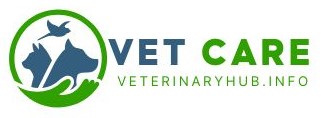
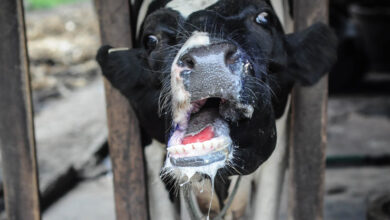
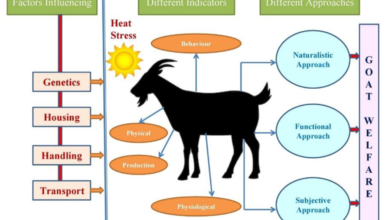
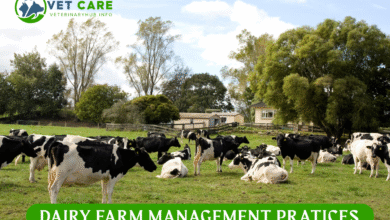
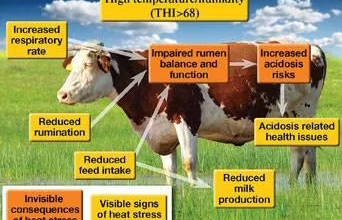
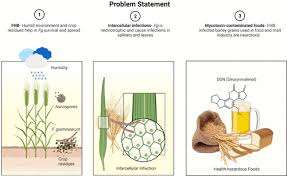
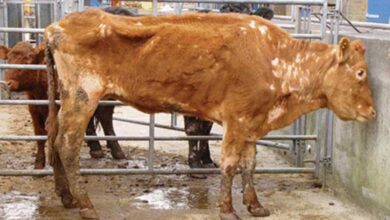
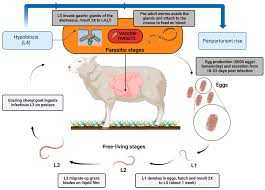
34ttj7